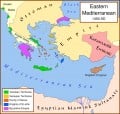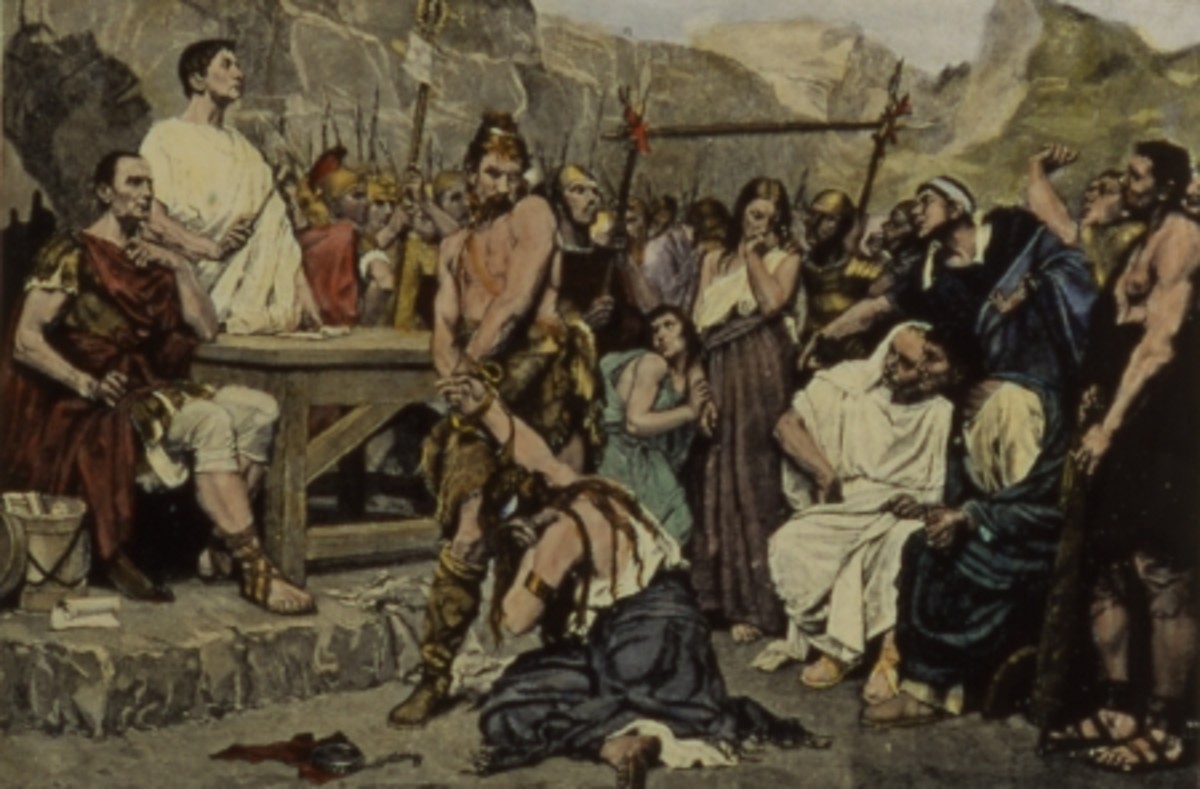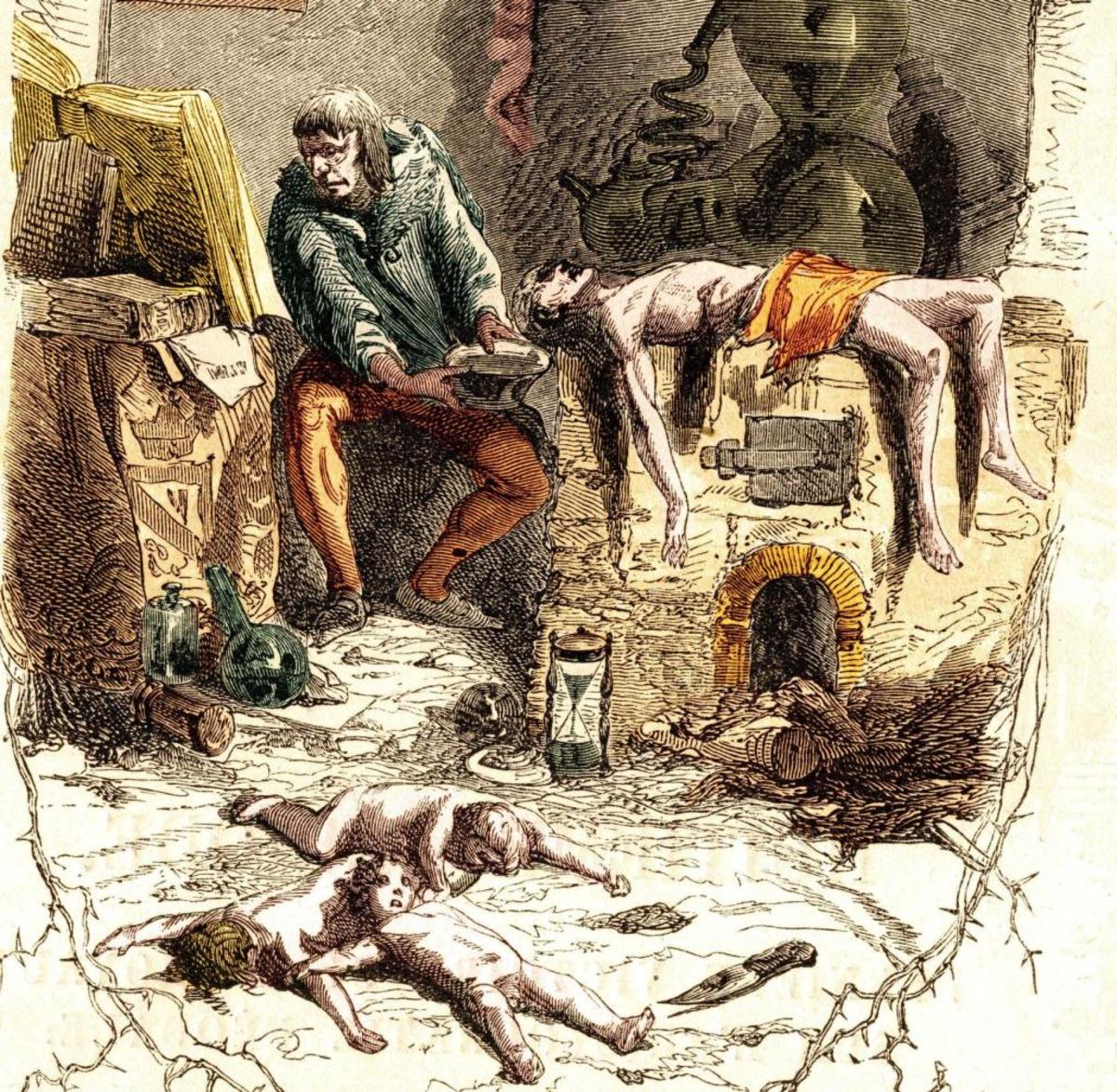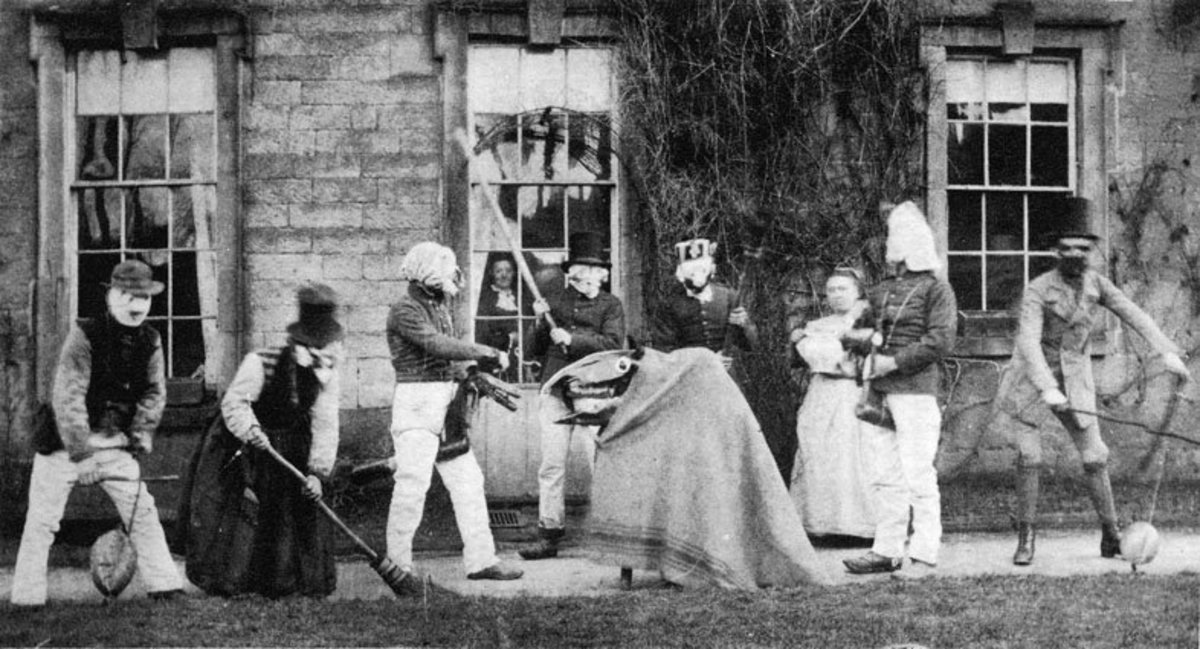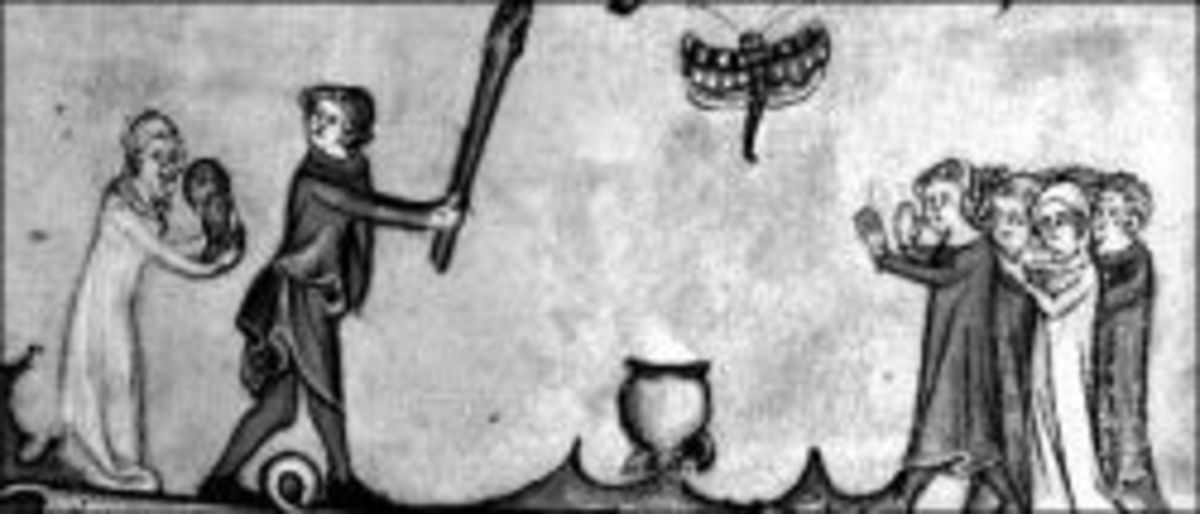How Life Was Like In the Roman Empire During the First Century
Typically, there were two kind of lives depicted in the Roman Empire during the first and second centuries, life in the urban center and that of the upcountry. This reflection is focused on the life and day to day activities of Henry’s family, a typical family during the Roman Empire. The family of Mr. Henry had three children, Claudia, Maria and Samson. Typical of many other families in this region, Mr. Henry was the head of his family and the wife was regarded as mother and a homemaker. The responsibilities of the mother in this respect include yarn weaving, spinning and cloth making. In most cases, the family clothes were made from either linen or wool although there were other expensive fabrics such as Indian cotton or Chinese clothes.
While Mr. Henry was quite active in politics during those times, the wife could stay at home as she was not allowed to participate in political affairs. Further, women were not allowed to go to school and therefore, they did not know how to read or write. The father had also a legal right to the family children.
There daily activity that sustained them included farming, as well as running a small family business. Each day, the father, wife and their two elderly children could wake up early in the morning and go to field, where they tilled the land until in the evening. The wife could however retire early and go to the nearby shopping center to proceed with the family business.
At this time, Henry’s family and many of the society members relied on agriculture for their sustenance and economic prosperity. Agriculture was also one of the most critical sources of income, for both the villages and urban dweller. Many of the food produced in this area were far much superior that those produced in neighboring regions. Most of the cultivation were carried out using primitive tools. Some of these tools included simple wooden plow draw by one or two oxen. Most of the sowing was by hand and grain was mostly scattered.
On each Friday, Mr. Henry and his family could attend some private prayer, which involved an honor to their ancestors and religious observances. There were some organized religious groups where official priests officiated some specific religious ceremonies. In Henry’s religion, the gods were not very much concerned on the behavior of an individual. This meant that a person could behave the way he or she wanted and still be accepted in the religion or by the gods.
The responsibility of Henry’s family in this religion was to strictly observe each religious ritual of which they were good at. Their adherence to their religion could be depicted in their house where there were various bronze statutes, which represented different gods. Further, prayers and requests were normally presented as a trade, whereby the worshiper promised to do for the god a particular thing if they answered their prayers. Offerings and sacrifices were made to specific gods as a way of persuading them to answer in favor of their requests.
However, Mrs. Henry had freedom of how she managed her own business, which she operated in the Midlan shopping center. The wife had therefore a freedom to manage her own financial affairs alongside those of her husband. Nonetheless, the wife was entitled to inherit, own or dispose property. As a woman of the house, Mrs. Henry was expected to be a dignified mother and wife and that these were the norm at the moment.
The main guardian of the woman would be inevitably the man. Normally it could be the father and then the husband. Girls enjoyed the same education like the boys in early childhood but after primary school, only aristocratic family girls would be allowed to go on with learning. It was usual that marriages were arranged when the girl was still very young and then waited until she was an adult before the marriage occurred. This would mean that the girls would lead a retired life since even flirting alone with boys would be perceived as breech of marriage arrangements. Although with marriage the woman gained some considerable freedom, a stringent was still enacted to control the woman, but not as strict as the Greeks who practically imprisoned their women. Roman wife was generally understood as the helper and companion of the husband.
At this time, Mr. Henry and his family were living under the Roman Empire and Ceasor was the emperor of the day. Henry was in favor of the emperor and supported his political courses because of various reasons. Among these is that the emperor had shown competency in governing and keeping social order in the empire. Further, the empire had worked hard in preventing lawlessness on both sea and land. Moreover, this empire under Caesar had developed an excellent system of infrastructure which are considered to be finely constructed. In essence, the people in Henry’s time enjoyed roads that were well constructed. This was attributed to the fact that novel engineering methods that had been incorporated by the government.
Much like other Romans, Mr. Henry’s family had a strong belief in the spirits and gods and the role they played in their day-today lives. Consequently, the family could present specific sacred meals when there were certain religious festivals. The family believed that the gods and spirits partook in these meals and they set for the gods a place in the table with empty chair. They could sent invitation to the particular god and set some portion for them to enjoy.
As the head of the family, Mr. Henry was mandated to perform most of the religious duties for the family. Outside the home, the family could attend colleges where worship rituals were conducted by trained priests and priestesses. On the other hand, Mr Henry was the controller of the family’s business affairs and was mandated to perform religious duties on their behalf. Furthermore, the father had power over his household and children. If they caused anger on him, he had a right to disown them, sell them or even kill them. Further, he could give the sons an allowance or what was termed as a peliculum to enable them manage their households.
In the Roman perspective, sons were regarded highly than daughters since they were important in the continuity of the family. If the family did not have any son, they were allowed to adopt one and where possible a relative. This was to ensure that there was continuity of the family line. While men waited until they were in their mid-twenties, women in the Roman context could be married in their teenage years. Consequently, the mother of the house was usually younger than their husbands. This is because most mothers were married at a younger age.
The norm in the family was for women to exert power behind the scenes. It was an acceptable assumption that women were the household managers. However, in some high class families the woman was expected to help her family’s career by displaying dignity, grace and modesty.
Concerning newborn, it was the right of the father or paterfamilias in deciding whether newborn babies could be kept and allowed to live. This was depicted at birth where the baby was placed on the ground by the midwife and expected to be picked to be the father. If the father did not pick up the baby, then it was regarded not to have been accepted in the family, but if the baby was picked, then it was accepted. In case when the baby turned out not to be accepted, then it was disposed of and this mostly involved abandoning it outside the home. In most cases, this could happen to babies who were born while deformed or when the father did not believe that there was need for more children. The exposition of the baby took place in specific places and it could be presumed that abandoned babies could be picked and taken as a slave. This particular incidence happened to Henry’s family where the baby who was to be the youngest had to be disposed when it was found to be lacking hands.
The poor status of health in this region did not allow many children to survive. In particular, many children did not survive during the first year since many of them died from infant illnesses. Consequently, the Roman government at this time rewarded families who had successful delivered. Women who had more than four babies were regarded as being legally independent. At this stage, they were given autonomy to decide whether to be independent from their husbands. In other words, women could take responsibilities for their own lives and that of their families.
The family was the centre of the early societal structure dating back to the time of agricultural tribal city-state. The family was not only marked by relations through blood, but also through the legally established relation of patria potestas. The absolute head of the family was Pater familias. He was a master over the wife, children, his sons, wives, the nephews, slaves, and freedmen, being able to dispose of them or their goods at his will, including even having them killed.
There were two different lifestyles for the Roman people. First were the rich. For these, their lives were good. They lived in very beautiful houses that were constructed on the hills outside the city of Rome and away from the smell and the noise. They enjoyed an extravagant life full of luxurious furnishings, and surrounded with slaves and servants who catered for all their desires. Many would constantly hold exclusive dinner parties in their homes and serve their guests with exotic dishes of the day.
On the other hand, were the poor who could do nothing but dream of such a life. These ones sweated out in the city and dwelled in squalid houses which were at the risk of collapsing or burning at any moment. When times were hard, some had to abandon their own newborn babies on the street, with the hope that someone else would feel sorry and take them in either as slaves, servants or normal children. They were poor in wealth but in numbers, they were very strong. Further, there were the mobs of Rome who relaxed at the admired entertainment of the time-chariot races between teams, or gladiators fighting for life.
Though the lives of these people were different because of economic status, both the poor and rich had certain things in common. For instance, in every Roman family, the man was the head of the household whether the family was poor or rich. Although the wife looked after the home and household, the man was the controller of everything. He was considered to be the owner of any property and could decide the children’s fate including who to marry.
The Romans also shared many other traditions. Regardless of the circumstances of each individual, they all observed certain practices during dinnertime since dinner was the main meal of the day. Even if they did eat different food, the foods were eaten in almost the same way. Moreover, all Romans would visit the baths every single day after work regardless of their class. At this place, they would freely mix with their fellow citizens chatting, washing and exercising. To the Romans, the baths instilled a sense of superiority as Romans.
Roman homes were usually constructed from concrete or brick and were mainly constructed around open courtyards. Some of the rich homes would have baths, plumbing and central heating. Their diets would consist of a variety of delicacies. Generally, they had four meals in a day, which would consisted of the breakfast, lunch, an afternoon break and lastly the dinner.
A Roman usually woke up early and went to work for six hours each day. Women would stay back at home. Even the simplest task of going to queue for the tokens that granted a family the monthly gain was the man’s duty. Hence, many workers, businessmen and traders of the city whether they were slaves or freemen would work the whole morning, adding to the wild bustle and hustle of their city. All sorts of trade were logically centered on Rome. The hive of activity was Ostia, where overseas goods arrived and was weighed down into barges that carried them up to the big capital. Practically, all types of jobs would be found at Ostia. From laborers who unloaded ships, to bureaucrats that checked the goods which arrived, warehouse managers and wholesale tradesmen. The industry of construction would also require a big number of workers. These were all necessary for building not only grand monuments, but also apartment blocks that were used to house the mansions.
In most cases, sons normally followed their father’s footsteps, inheriting their business and profession. Meanwhile, the upper classes were restricted to careers in law, army or politics since other professions were perceived as too low for their class. The fact that very few jobs were deemed as acceptable to upper classes meant that there existed a large group of the population, which was effectively unproductive.
Other benefits enjoyed by the Roman citizens under Caesar’s rule included provision of public works and buildings, with the local offices for markets, the government, stadiums and town halls. It should be considered that the first moment of the century had been marked by constant instability and lack of peace. These instances had left many families and communities divided. Consequently, many people had therefore longed for a ruler who would work towards achieving stability and ending internal and external conflicts. To a high degree, the Roman Empire and the rule of the day, fulfilled the longing for many people on the stability and peace. In essence, Ceasar’s fleet had worked effectively in protecting the hazardous sea-lanes. Consequently, commerce and trade were expanded and these aspects made Henry’s business to run smoothly.
The preceding period under emperor Tiberius extended the rights of the Roman citizens where they could interact freely with other people from other provinces. Not only Henry, but also majority of the people developed a feeling of security in the whole empire under Caesars’ rule.
Mr. Henry lived in a community that consisted of people from diverse cultures. At this time, Rome was a cosmopolitan, which included Arab, Jews, Egyptians and the Greeks. These cosmopolitan communities continued to thrive even after the reign of emperor Caesar since the preceding ruler Tiberia, was also much tolerant to the various culture and communities, religions and classes.
The policy of autonomy and tolerance did extent to the religious realm as well. In light of this, each citizen could practice the religion he or she chose. Moreover, no person was allowed to interfere with religious aspects of other people, which they did not belong to such as scorning the deities of the Roman citizens. This explains the reason why the people in Henry’s time were in support of the government.


